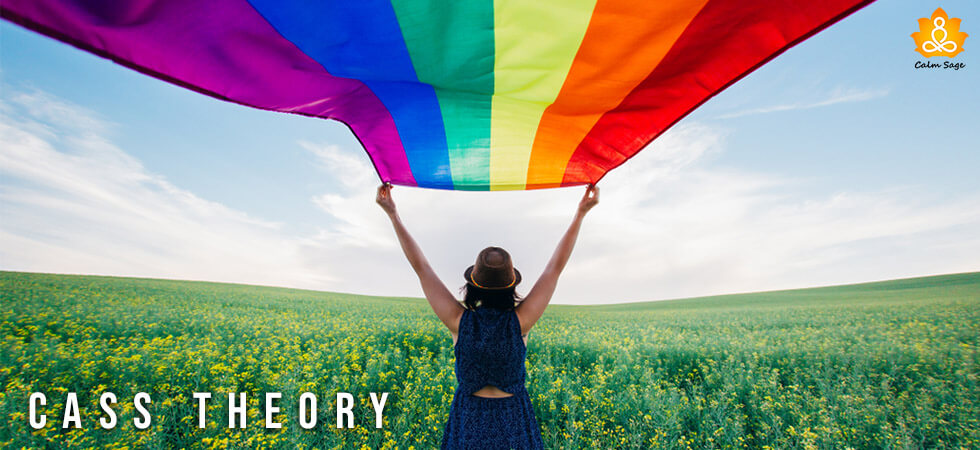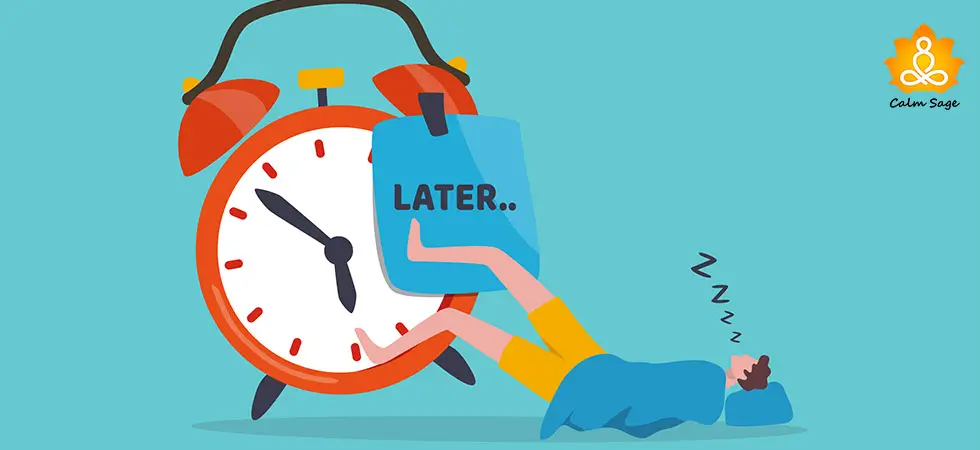Come out of the Closet With Cass Model of Sexual Orientation| Find Your True Self

Coming out is a very difficult process but it indeed is at the heart of identifying and accepting your sexual orientation. It is a process of understanding, valuing, and accepting your sexual identity/orientation. Many people wish to enjoy this feeling of liberating and freeing themself, but understanding where to start from, is the challenge here.
But you know there is one factor that can help you here and make your journey of coming out smooth and understandable. This factor is- educating yourself. It is when you know about the process of coming out that you are able to make a sense out of how you are feeling, why you are feeling, and what these feelings indicate.
Thus, slowly and gradually this puzzle starts to make a picture.
While there are quite a few models that explain the process of coming out and identifying your sexual orientation, we are discussing the one that is most preferred. Not only field experts but also the people from the community connect with this theory, The model is called Cass Model of Identity Development.
Let us understand this model in detail, find out where to start your coming out journey from, and figure out where we are right now in this journey.
Who is Cass?
Dr. Viviene Cass is a clinical psychologist. She from her research based on clinical work with gay and lesbian individuals from Australia gave a model called “Homosexual Identity Model” (1979). The model comprises 6 stages and it suggests that an individual goes through these stages as a process.
This model has now been a part of education, counseling, and many self-help books with an aim of discussing the identity development of an individual.
Before we understand this note please make a note that according to Cass, the individual progresses along this path. While for some these stages can be quick but for others it can take several years to get through a particular stage.
Also, there is a fair chance of an individual to encounter foreclosure, which can occur at any stage and halt the process. Foreclosure is a point where an individual denies their identity or hides it from others.
Breaking Down the Cass Model of Identity Development
Stage 1: Identity Confusion (Could I be gay?)
Agenda of this stage: Figure out Who am I?- Accept, Deny, Reject.
The stage begins when the person individuals have assumed an identity with the hetrosexual or gender confriming (cisgender) majority. This identity comes into question through thoughts, emotions, physical reactions, and other experiences that makes you question you identity as a cisgender.
An individual may continue being on this stage by avoiding their identity througgh denial or continuing with the ideas of heterosexuality or cisgender identity.
| Possible Responses | Possible Needs |
|---|---|
| Avoiding any information of LGBTQ issues. | Exploring internal positive and negative judgements involving the queer spectrum community. |
| Denying homosexuality repeatedly. | Support from loved ones. |
| Males: Separating oneself from emotional involvement after sexual interaction. | Permission to explore sexual identity. |
| Females: Forming strong emotional relationships with others and avoiding sexual relations. | Be permitted to be uncertain of their sexual identity for a period of time. |
Stage 2: Identity Comparison (Maybe this does apply to me!)
Agenda of this stage: Deal with social alienation.
When an individual moves from the first stage, passing through it without denial or avoidance, they move onto identity comparison. Herein, an individual is likely to feel out of space or social alienation. An individual creates strategies which help in dealing with differences. The person accepts the possibility of a part of LGBTQ community and examines the wider implications of that tentative commitment. The identity is accepted as the individual’s identity, but is seen as totally unacceptable
| Possible Responses | Possible Needs |
|---|---|
| Grieving over losses and things that s/he or they/them will give up by embracing their sexual identity. | Forming their own views and definitions of their orientations. |
| Compartmentalizing their orientation. | Gaining as much information about their sexual identity as possible. |
| Accepting LGBTQ definition of behaviour. | Permission to explore sexual identity. |
| Mainating hetreosexual identity along side (it is not an all or none issue) | Be permitted to be uncertain of their sexual identity for a period of time. |
Stage 3: Identity Tolerance (I’m not the only one!)
Agenda of this stage: Decrease social alienation by seeking out gay or lesbian people.
At this stage the individual is able to relate with their LGBTQ+ identity. An individual will sometimes seek out LGBTQ+ subculture. They begin to ask it fit within the culture and are alienated from the heterosexual or cisgender. The identity is not fully accepted but it is more on the tolerating end. The interaction with people from the community increases along with a sense of commitment towards the same.
| Possible Responses | Possible Needs |
|---|---|
| Picking up a slang that fits in their community. | Getting emotional support while exploring their otherness. |
| Realazing that being queer does not eliminate other options. | Being aware of community connections and its resources. |
| Exploring and emphasizing the differences between heterosexuals and self. | Supporting in finding positive connections and influences from the LGBTQ community. |
| Actively engaging and seeking out LGBTQ community. | Be permitted to be uncertain of their sexual identity for a period of time. |
Stage 4: Identity Acceptance (I’ll be okay)
Agenda of this stage: Deal with inner tension of no longer subscribing to society’s norm, attempt to bring congruence between private and public view of self.
An individual at this stage starts to validate their identity. They will connect and involve more with the people by being an active part of it. There are two ways in which the legitimacy of the identity can be interpreted here. This includes:
- Identifying oneself as LGBTQ+ is legitimate in private, but not yet it should be displayed in public.
- Identifying oneself as LGBTQ+ is legitimate in both private and public.
Here the second way will lead to the next stage of Identity Pride. Whereas the first one can take a U-turn can lead to:
- Limiting contact with LGBTQ+ community.
- Passing for heterosexual/cisgendered.
- Disclosing sexuality only to close ones.
| Possible Responses | Possible Needs |
|---|---|
| Accepting gay or lesbinan self-identification. | Exploring grief and loss of heterosexual life expectation. |
| Reducing contact with heterosexual community. | Seeking support in deciding on when, where, and to whom to come out to. |
| Compartmentalzing gay life. | Continuing to explore internalized homophobia. |
| Disclosing their sexual identity to some. | |
| Fitting in rather than making waves within a new community. |
Stage 5: Identity Pride (I’ve got to let people know who I am!)
Agenda of this stage: Deal with incongurent views of heterosexual people.
After having a positive connotation to their LGBTQ+ identity there comes a time to dip oneself in the rainbow. They are fully immersed in the LGBTQ+ culture and choose it over hetersexual or cisgendered xommunity. This goes to the extent that they cut their ties and socially reject the heterosexual individuals to revalue themselves, and people from their community. The individual starts to experience dichotomy towards the both groups. This can reflect itself in the form of frustration or anger.
| Possible Responses | Possible Needs |
|---|---|
| Splitting the world into gay (good) and straight (bad). | Exploring anger and heterosexism issues. Seeking support for the same. |
| Viewing LGBTQ culture as their only source of support. | Developing coping skills for responses to coming out, |
| The social, business, and friend circle that they have is from LGBTQ community. | Resisting defensive behaviour. |
Stage 6: Identity Synthesis
Agenda of this stage: Integrate lesbinan or gay identity so that instead of being the identity, it is an aspect of self.
The dichotomy created in stage five, where LGBTQ+ individuals and institutions are always good, and heterosexual or cisgender individuals are and institutions are always, is no longer true to the individual at this stage. Here both the institutions come to harmony in a way that LGBTQ+ community starts to accept, support, and value individuals from other community.
This stage is marked with a sense of awareness and realization, that completes the process of coming out and knowing yourself. It leaves an individual enjoying a sense of integrity.
| Possible Responses |
|---|
| Continuing to be angry at heterosexism, but with decreased intensity. |
| Allowing the trust of others to increase and build. |
| Their gay and lesbian identity is integrated with all aspects of self. |
| Feeling okay to move outside the community that defines themselves not according to orientation. |
We hope that through the Cass model of sexual orientation you will be able to figure out at which stage you are at identifying your sexual orientation and how you can sail through this process. We wish you love and strength.
Stay courageous and be prepared mentally. No one is supposed to live in a closet! Take pride in being a part of the pride community. If you have mental health concerns bothering you, take help from mental health experts.
Therapy Link
You got this Buddy!




















